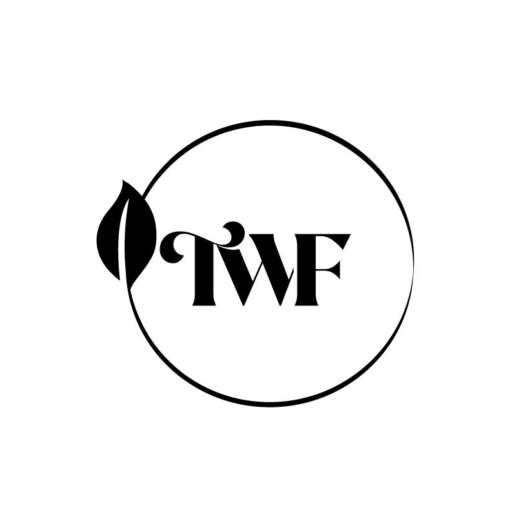Around 1970 a group of teenagers were causing chaos in parking lots and grocery stores. In the middle of the night vacant lots were cleaned. Papers and bottles were collected into a recycling program. “We’d go to grocery counters and leave the extra packaging after we paid for the product. We’d say, ‘we want you to send this back to Proctor & Gamble to ask for it to not have as much waste.” Before Vivien Li became a nationally recognized waterfront expert she was persuading her home town to rethink how they were treating the ecosystem. Still in high school and mostly unable to drive, Vivien and her collective of ‘Students for the Environment’ were environmentalists long before Gretta and Earth Day were a thing. For them, environmental activism was, “a way to have people think about how their individual actions resulted in waste.” For Vivien, altering people’s viewpoint about the environments has became a lifelong career that we can all learn a few environmental tips from.
Every action can have a collective good or bad reaction.

The industrial revolution may have begun in the 1870s, but it wasn’t until 1972 that The Clean Water Act was passed. The Clean Air Act wasn’t enacted until 1975. Before these regulations were put into place little was done to stop companies from dumping toxic waste into nearby rivers or pollutants into the air. Much like we see with Greta Thunberg it was the antics of concerned teenagers that helped “to gain attention from the general public and companies to show that every action can have a collect good or bad.” The bad actions were that harbors and American coastlines were polluted almost beyond recognition with hazardous waste and trash.
Sludge. It was the word associated with many U.S harbors in the northeast. Sewage was mixed with toxic waste from factories. Marine life was harmed and water quality was poor. Despite ‘clean’ acts from the 1970s, some cities didn’t take actions until the 1980s. In 1986 Boston received a court order to clean up its act, literally, through a project titled the Boston Harbor Cleanup. A few years later, Vivien stepped into a role that was instrumental in working with other groups reverse the pollution in Boston’s harbors. She also fought to create a space that everyone could enjoy. “We all pay for it as taxpayers. All of us should be able to collectively enjoy it,” Vivien said about the other part of environmentalism- advocacy for inclusivity.
As the harbor became clean and appealing to luxury developers, she contested that there should be public spaces that allow people from every economic background to enjoy it. “The idea that people would want to recreate and use the harbor wasn’t really understood or appreciated back then,” Viven spoke about advocating for public restrooms and benches along the city’s harbor in the 90s. To her, the city’s harbors weren’t a haven meant to be cleaned up for the city’s luxury builders, but something that everyone should enjoy.
Nature should be inclusive. Environmental is about quality of life. Everyone should have access to clean air and clean water.
We’re all trying to promote the same thing and promote the common interest.
Inclusivity is how Vivien has been able to see a lot of environmental projects come to past. As a teen she was “winging it” by visiting local brooks to bring back fish showing the harmful effects of pollution. In 2010 she initiated the first Boston Harbor Sea Level Rise Forum where scientists, developers, environmentalists and councilmen were invited to discuss climate change. “A lot of these people had never sat down together before,” she said about the conference. The general public was also welcomed to attend to listen, learn and address their concerns about rising sea levels. “You start with people who don’t understand.” This is part of her approach to addressing environmental issues with students or commercial developers. “It’s about getting people to understand and eventually they do come around.”
These days Vivien spends a lot of her time listening at a women’s shelter and with those who are at risk for food insecurity. She is also keenly aware of and listening to current social movements taking shape. “It’s important for all of us to listen, no matter how well meaning we are, she says. “I’ve been doing a lot of listening for Black Lives Matter. It’s important for those who are directly affected to have a time to speak. And, for us to listen.” While it might seem that this is far removed from environmentalism, to her this form of volunteering and listening is one in the same with the other projects she’s been a part of throughout her career. “Environmentalism is about quality of life, everyone should have access to clean air and clean water. Jobs should be environmentally sensitive and well-paying.” She also noted that more often than not in the U.S it’s the communities of color that suffer the most in these areas. “In the 1980s we recognized that communities of color were more likely to have vacant lots, contaminated water supplies.”

Environmental is about quality of life.
From ad-hoc activism to ensuring that all communities have access to the natural wonders of their city, Vivien has built a flourishing career as an environmentalist. Her work has always been about helping others. If there is one environmental tip that I’ve learned form her it’s that environmentalism is about quality of life and as an environmentalist it’s our job to ensure that for ourselves and each other.
